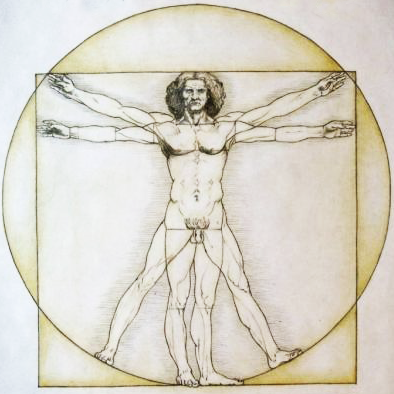Exclusive technique of training of massage therapists, including the basics of anatomy, indications and contraindications for a particular types of massages ...
The proposed program of course of massage therapists designed both for those who have no medical training, but wants to carry out a massage to their relatives and friends, and for those who intend to engage private practice. Course will not take as much time as learning massage in medical schools, but give all the necessary professional skills.

Custo de estudo por massagista: dependendo do modo de estudo escolhido
The schedule of courses for massage therapist (4 modes to choose from): weekdays, weekends, intensive, individualized training
Class times: morning, afternoon, evening, weekend (9-00, 12-00, 15-00, 18.30-19.30)
Duration: 4-12 weeks (depending on the chosen mode of study)
Classroom study: 52 academic hours
Independent study: 30 academic hours
The document at the end of the massage course: certificate (identity)
Qualification: massage therapist
Available Discounts: 7% to 30% depending on the form of training and the chosen course
More detailed information is available by contacting us by phone: 00351 969794747, 289516855, or e-mail address: hulenko@gmail.com

Theme 1
Indications and contraindications for massage.
Theme 2
Hygienic basics of massage.
2.1. Sanitary - hygienic requirements for organization of the workplace of massage therapist.
2.2. Requirements for the massage therapist.
2.3. Requirements for the patient.
2.4. Requirements for the course of massage.
2.5. Requirements for individual session of massage.
(written test)
Theme 2.1.
Statement of the hands of massage therapist and the principles of proper biomechanics during a massage.
These principles are divided into three categories:
2.6. Equipment and lubricants.
2.7. The position of our body - as we lean, posture, position of the head, feet and joints.
2.8. Performing massage techniques - the source of our strength, the direction in which we execute methods, and how we keep in touch with the client.
Theme 2.9.
Defining the role of biomechanics in the practice of massage:
2.9.1. How the power of massage may depend on gravity, the height of the table and lubricants.
2.9.2. Comparing the advantages and disadvantages of working with bent and straight back.
2.9.3. Showing and training as a stop position and orientation of the body affects the strength of massage therapist techniques massage.
2.9.4. Education how the position of the head and necks, and the location of the joints of the upper extremities affects the quality of massage.
2.9.5. Education as a massage therapist may use the large muscles and a large contact surface to improve the massage techniques.
Theme 3
Classical massage techniques. Stroking. Rubbing. Kneading. Squeezing. Percussion techniques. Shaking techniques. Vibration techniques. Anatomy and Physiology for massage therapists.
(practical test)
Theme 4
Technique and methods of massage of individual parts of the human body.
4.1. Back massage neck and lumbar region.
4.2. Massage of the back and buttocks.
4.3. Massage of the hip (posterior surface) and lower leg (posterior surface).
4.4. Massage of the ankle joint and lower leg (front surface).
4.5. Massage of the knee joint.
4.6. Massage of the thigh and hip.
4.7. Massage of the anterior abdominal wall.
4.8. Massage of the chest.
4.9. Massage of the face and head.
(practical test)
Theme 5
Features of infant massage.
Theme 6
Cup massage.
Theme 7
Honey massage.
Theme 8
Overview of different types of massage techniques that you can learn in our center and used as a recovery procedures for different diseases: relaxation, lymphatic drainage, stone massage, a spa massage, stomach massage, reflex, spot massage in the provision of first aid, cellulite massage, hirudotherapy, LFK. Practical mastering of these techniques is an increase skills and developed after a course of "classic massage".
Theme 9
Exam
(interview, practical test)
Other courses:
Reflexology (foot massage)
Cup massage (vacuum therapy)
Honey massage (apitherapy)
Lymphatic drainage
Anticellulite massage
Hirudotherapy
Shiatsu
Spa massage
Stone therapy (hot and cold)
Spa massage with broom
Soap massage (turkish bath)
Prophylactor of Evminov
PIR - soft manual therapy
Working with trigger points
Massage on the side